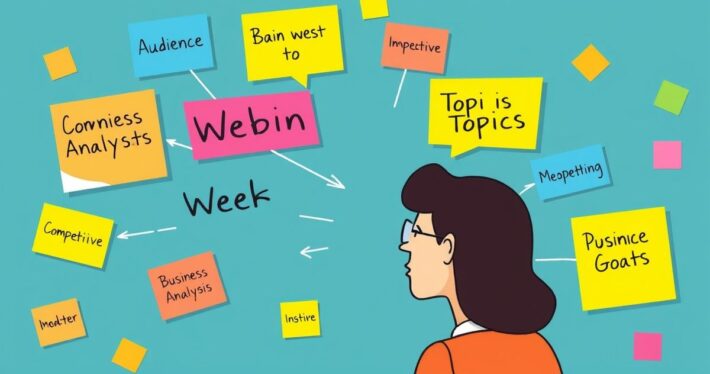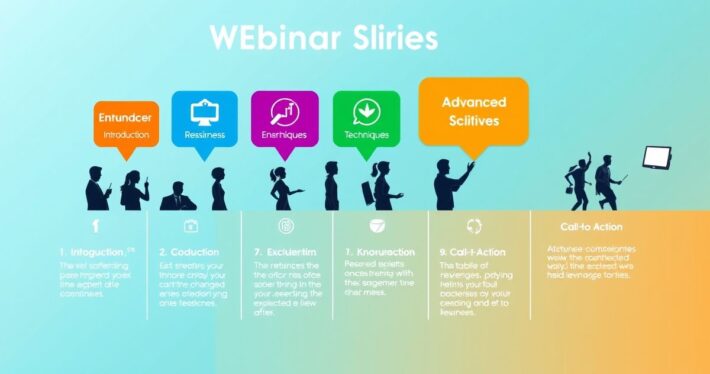Audience-Centric Topics: What Your Viewers Really Want

Creating content that resonates with your audience isn’t just about what you want to say—it’s about what they need to hear. Let’s be honest: we’ve all clicked on a video or article thinking it would solve a problem, only to find it was a thinly veiled sales pitch or irrelevant fluff. So, how do you avoid this trap and create audience-centric topics that truly engage? This guide will walk you through the process, offering actionable strategies to craft content that your viewers will love.
Why Audience-Centric Topics Matter
In today’s saturated digital landscape, attention is the most valuable currency. If your content doesn’t address your audience’s needs, they’ll simply move on. Audience-centric topics are the key to building trust, establishing authority, and fostering long-term relationships. They show your viewers that you understand their struggles, share their goals, and are genuinely invested in helping them succeed.
Think about it this way: your audience isn’t just a faceless crowd—they’re real people with real problems. And when you create content that speaks directly to those problems, you’re not just grabbing their attention; you’re earning their loyalty.
How to Identify What Your Audience Really Wants
So, how do you figure out what your audience actually cares about? Here are four strategies that have worked wonders in my own experience:
1. Dive Into Analytics
Your existing data is a goldmine of insights. Look at metrics like click-through rates, time on page, and social shares to see which topics perform best. Tools like Google Analytics, YouTube Analytics, or social media insights can help you identify patterns. For example, if your “Beginner’s Guide to X” video has double the views of your advanced tutorials, it’s a clear sign your audience skews toward beginners.
2. Listen to Your Audience (Literally)
Your viewers are already telling you what they want—you just need to listen. Monitor comments, emails, and social media messages. Pay attention to recurring questions, complaints, or suggestions. I once noticed that several viewers asked about a specific feature in my product. Instead of ignoring it, I created a deep dive tutorial—and it became one of my most-watched videos.
3. Conduct Surveys and Polls
Sometimes, the best way to know what your audience wants is to ask them directly. Use tools like Google Forms, SurveyMonkey, or Instagram Polls to gather feedback. Keep your surveys short and focused, and consider offering a small incentive (like a free resource) to boost participation.
4. Spy on Competitors (Ethically, Of Course)
Your competitors’ audiences overlap with yours, so their content can provide valuable insights. Look at their most popular posts, videos, or webinars. What topics are resonating? What questions are people asking in the comments? This isn’t about copying—it’s about identifying gaps you can fill or angles you can improve upon.
Crafting Audience-Centric Topics That Convert
Once you’ve identified your audience’s needs, it’s time to turn those insights into actionable topics. Here’s how to do it:
Address Pain Points Head-On
Your audience is searching for solutions to their problems. Whether it’s “How to save time on X” or “The best tools for Y,” your content should provide clear, actionable answers. For example, instead of a generic title like “Social Media Tips,” try “5 Time-Saving Hacks for Social Media Managers Who Are Overwhelmed.”
Speak Their Language
Use the same words and phrases your audience uses. If they refer to a tool as “CRM software” instead of “customer relationship management system,” mirror that terminology. This not only makes your content more relatable but also improves SEO.
Balance Education and Entertainment
While your primary goal is to educate, don’t forget to entertain. Inject humor, storytelling, or personal anecdotes to keep your audience engaged. I’ve found that even a simple “This happened to me once…” can make a topic feel more relatable and memorable.
Structure Your Content for Easy Consumption
Most people don’t read—or watch—every single word. Use clear headings, bullet points, and visuals to break up your content. For example, instead of a long paragraph explaining three steps, create a numbered list with concise explanations.
Real-World Example: A Case Study
Let’s look at a real-world example to see this in action. One of my clients, a fitness coach, was struggling to grow her YouTube channel. After analyzing her analytics, we noticed that her “Quick Home Workout” videos outperformed her advanced gym routines. We also saw comments from viewers asking for more beginner-friendly content.
Using these insights, we shifted her focus to audience-centric topics like “5-Minute Workouts for Busy Moms” and “How to Start Working Out When You’re Out of Shape.” The result? Her views doubled, and her subscriber count skyrocketed.
Potential Pitfalls and How to Avoid Them
Creating audience-centric content isn’t without its challenges. Here are a few common mistakes and how to steer clear of them:
Assuming You Know Best
It’s easy to fall into the trap of thinking you know what your audience wants. But trust me, assumptions can lead to wasted time and missed opportunities. Always validate your ideas with data or direct feedback.
Ignoring Niche Interests
While broad topics can attract a larger audience, they often lack depth. Don’t be afraid to niche down. For example, instead of “Marketing Tips,” try “Email Marketing Strategies for E-commerce Brands.”
Overlooking Evergreen Content
Trending topics can drive short-term traffic, but evergreen content ensures long-term success. Balance timely topics with timeless ones that will remain relevant for months or years.
Final Thoughts: The Power of Putting Your Audience First
At the end of the day, audience-centric content isn’t just a strategy—it’s a mindset. It’s about shifting your focus from “What do I want to say?” to “What does my audience need to hear?” When you make that shift, you’ll not only create content that resonates but also build a loyal community that trusts and values your expertise.
So, what’s your next step? Start by diving into your analytics, listening to your audience, and experimenting with new topics. Remember, the key to success is constant iteration. As your audience evolves, so should your content.



